Introduction
Carp soup, a traditional delicacy in many cuisines worldwide, is not only renowned for its delicate flavor but also for its rich nutritional benefits. This fish, belonging to the Cyprinidae family, is abundant in essential nutrients such as protein, omega-3 fatty acids, vitamins, and minerals. When prepared correctly, carp soup can be a wholesome meal that supports overall health, boosts the immune system, and aids in various bodily functions.
In this comprehensive guide, we will delve into the intricacies of how to cook the most nutritious carp soup. From selecting the freshest ingredients to mastering the cooking techniques, every step is crucial in ensuring that the final dish is both flavorful and packed with nutrients. Whether you are a seasoned chef or a novice in the kitchen, this article will provide you with invaluable insights and practical tips to elevate your carp soup-making skills.
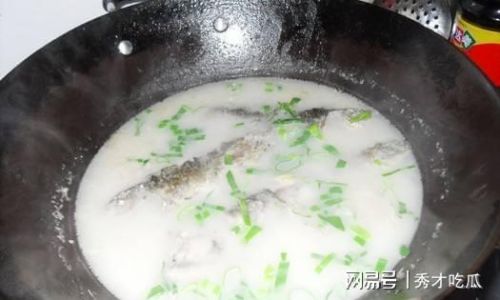
Chapter 1: Selecting the Perfect Carp
The foundation of any great soup lies in the quality of its ingredients, and carp soup is no exception. Here are some key factors to consider when selecting the perfect carp for your soup:
1 Freshness
Freshness is paramount when it comes to fish. Look for carp that has a bright, firm flesh with no discoloration or sliminess. The eyes should be clear and not cloudy, and the gills should be red and moist. If purchasing from a fishmonger, ask when the fish was caught to ensure it is as fresh as possible.
2 Size
Smaller carp, generally weighing between 1 and 2 pounds, tend to have a finer texture and more delicate flavor. Larger fish can be used, but they may have a stronger taste and coarser meat.
3 Species
There are several species of carp, each with its unique characteristics. Common carp (Cyprinus carpio) is the most widely available and suitable for soup due to its balanced flavor and firm texture.
4 Seasonality
Fish is best consumed during its seasonal peak. Carp is generally available throughout the year, but its flavor and nutritional value can vary depending on the season. Ask your local fishmonger or check online resources to find out when carp is in season in your area.
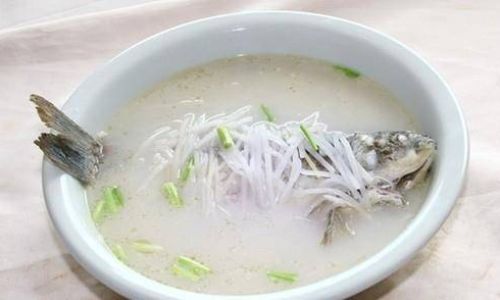
Chapter 2: Gathering the Essential Ingredients
Once you have your carp, it’s time to gather the rest of the ingredients. Here’s a list of essentials that will enhance both the flavor and nutritional profile of your soup:
1 Vegetables
- Onions: For a sweet and savory base.
- Carrots: Rich in beta-carotene.
- Celery: Adds a subtle aromatic flavor.
- Leeks: Provide a mild onion-like taste and are high in fiber.
- Garlic: For its antibacterial and immune-boosting properties.
- Ginger: Helps to digest the soup and adds warmth.
2 Herbs and Spices
- Parsley: Rich in vitamins A and C.
- Thyme: Adds earthiness and antioxidants.
- Bay Leaf: Provides a subtle, aromatic flavor.
- Peppercorns: For a hint of spice and to aid digestion.
3 Broth or Stock
- Fish Stock: Made from fish bones and heads, it adds depth of flavor.
- Vegetable Broth: A great vegan alternative, packed with nutrients.
- Chicken or Beef Broth: For a richer, more complex taste.
4 Additional Ingredients
- Tomatoes: For a touch of acidity and vitamins.
- White Wine: Adds complexity and enhances the flavors of the soup (optional).
- Lemon Juice: Freshens up the soup and aids in digestion.
Chapter 3: Preparing the Carp
Before cooking, it’s essential to prepare the carp correctly to ensure a clean, bone-free final dish. Here’s how:
1 Scaling and Cleaning
- Use a fish scaler to remove the scales from the carp.
- Cut off the fins and tail.
- Gut the fish and remove any internal organs, being careful not to pierce the bile sac, which can taint the flavor.
- Rinse the fish thoroughly under cold running water.
2 Filleting and Boning
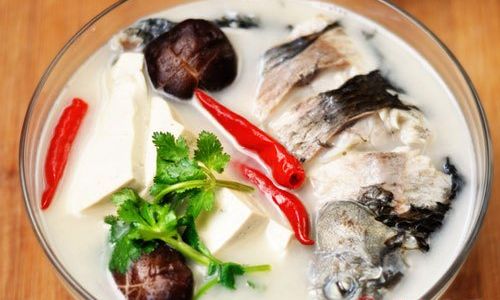
- If you prefer a boneless soup, fillet the carp by making a cut along the backbone from the head to the tail.
- Carefully remove the bones and any pin bones from the fillets.
- Alternatively, you can cook the carp whole or in large chunks for a more rustic, hearty soup.
Chapter 4: Cooking Techniques for Maximum Nutrition
Now that you have your ingredients and the carp prepared, it’s time to cook. Here are the steps and techniques to ensure your soup is both delicious and nutritious:
1 Sautéing the Vegetables
- Heat a large pot or Dutch oven over medium heat.
- Add a tablespoon of olive oil or butter.
- Sauté the chopped onions, carrots, celery, leeks, garlic, and ginger until they are soft and fragrant, about 5-7 minutes.
2 Adding the Herbs and Spices
- Stir in the chopped parsley, thyme, bay leaf, and peppercorns.
- Cook for another 2-3 minutes to allow the herbs and spices to release their flavors.
3 Deglazing with Wine (Optional)
- If using white wine, pour it into the pot and deglaze by scraping up any browned bits from the bottom.
- Allow the wine to cook down by half, about 3-4 minutes.
4 Adding the Broth and Fish
- Pour in enough fish or vegetable broth to cover the vegetables by about 2 inches.
- Bring the mixture to a simmer.
- Add the carp fillets or chunks, ensuring they are submerged in the broth.
5 Simmering
- Reduce the heat to low and let the soup simmer gently for about 20-30 minutes, or until the fish is cooked through and tender.
- If using whole fish or larger chunks, you may need to cook for longer, up to 45 minutes.
6 Finishing Touches
- Taste the soup and adjust the seasoning with salt and pepper as needed.
- Stir in a squeeze of lemon juice for freshness.
- If desired, you can add diced tomatoes or a handful of fresh spinach in the last 5 minutes of cooking for added nutrition and flavor.
Chapter 5: Serving and Enjoying Your Carp Soup
Once your carp soup is cooked to perfection, it’s time to serve and enjoy. Here are some tips for presenting and serving your soup:
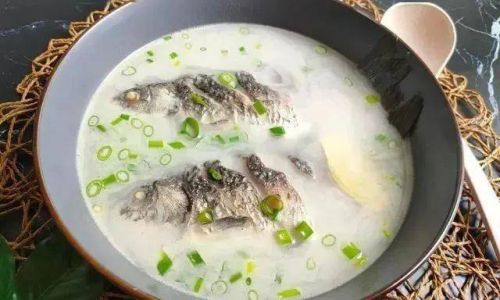
1 Ladling and Garnishing
- Ladle the soup into bowls, ensuring each serving contains pieces of fish and plenty of vegetables.
- Garnish with freshly chopped parsley, a slice of lemon, or a sprinkle of chili flakes for added heat.
2 Pairing with Side Dishes
- Serve your carp soup with a side of crusty bread to soak up the delicious broth.
- A simple green salad or a steaming bowl of rice can also complement the soup well.
3 Storing and Reheating
- Leftovers can be stored in an airtight container in the refrigerator for up to 3 days.
- Reheat gently on the stovetop or in the microwave, being careful not to overcook the fish.
Conclusion
Cooking the most nutritious carp soup requires attention to detail, a blend of fresh ingredients, and a mastery of cooking techniques. By following the steps outlined in this guide, you can create a dish that is not only bursting with flavor but also packed with essential nutrients that support overall health.
Remember, the key to a successful carp soup lies in the freshness of the fish, the quality of the broth, and the balance of flavors. Experiment with different herbs, spices, and vegetables to find your perfect combination. With practice and patience, you’ll soon be whipping up batches of carp soup that are sure to impress even the most discerning palate.
So, gather your ingredients, roll up your sleeves, and embark on a culinary journey that will not only delight your taste buds but also nourish your body. Happy cooking!
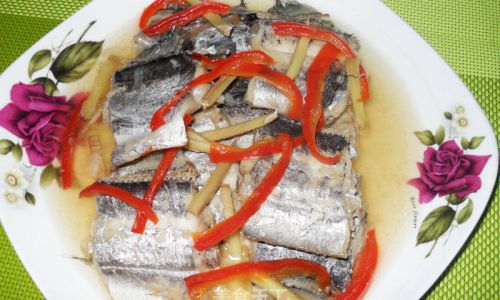

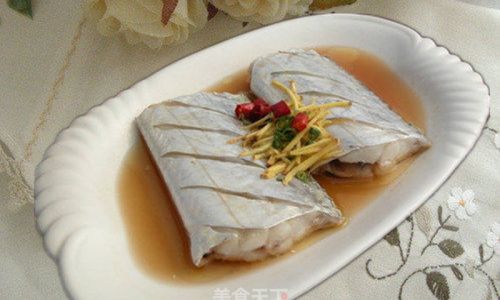

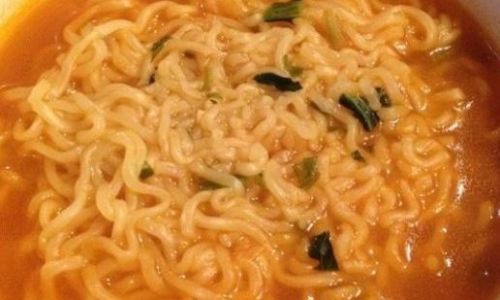
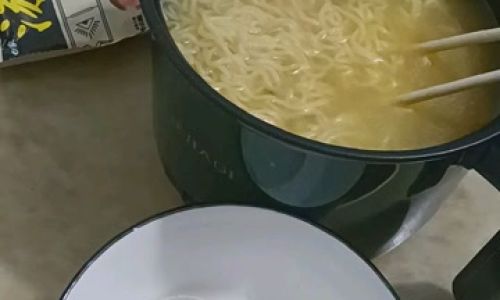
0 comments